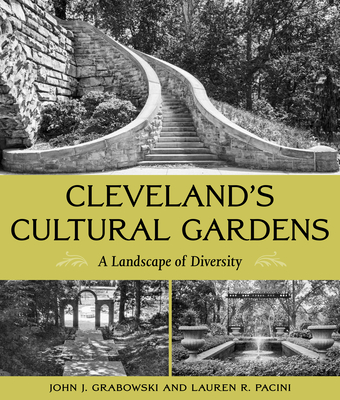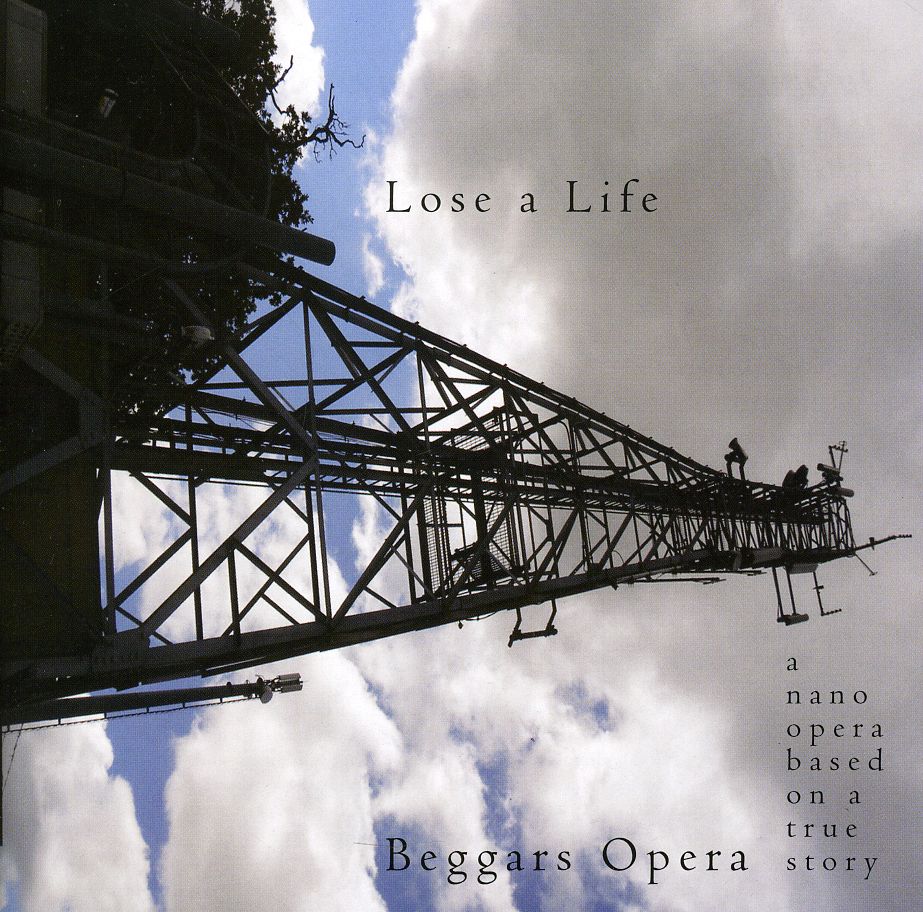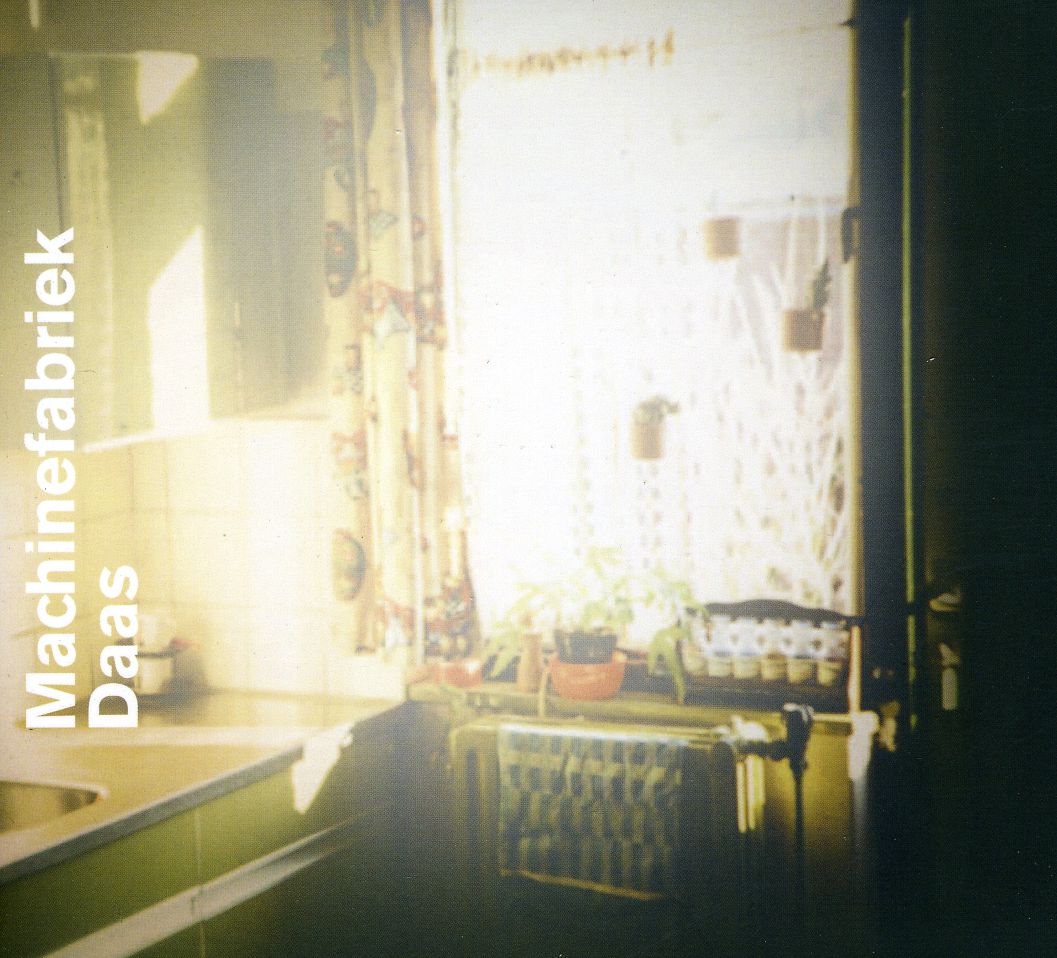
Honoring and embodying the cultural heritages of a region through the beauty of shared outdoor spaces
From their beginnings as private farmland to their current form as monuments to cultural and ethnic diversity, the unique collection of landscaped, themed gardens that compose Cleveland's Cultural Gardens holds a rich history. John J. Grabowski guides readers through this story, using both archival images and Lauren R. Pacini's stunning contemporary photography to illustrate their development and importance. The effect is a comprehensive view of the factors that made the Cultural Gardens possible, from Cleveland's geographical features to international conflicts. First erected as the Shakespeare Garden in 1916, the land bordering Doan Brook slowly began to incorporate tributes to immigrants, reflecting Cleveland's role as a key location for eastern European immigrants. Through this chronicle of the gardens' changing landscapes, Grabowski shapes a gripping narrative of shifting attitudes toward immigration, both locally and nationally. Throughout both world wars, the Cold War, and more recent events, the gardens' composition has changed to reflect more diversity, now encompassing 33 individual gardens that honor cultures and countries with connections to Cleveland. Today, each garden features plants native to the corresponding culture, from German to Vietnamese and from Ethiopian to Finnish. This vast cultural inclusivity makes Cleveland's Cultural Gardens a forerunner in the push for greater representation of cultures and people of color in memorials and public spaces. The gardens also highlight a growing emphasis on collaboration and coexistence among cultures, as symbolized in the Peace Garden of the Nations and its crypt of intermingled soil from historic shrines around the world. This book will be of interest to field specialists and nonexperts alike for its excellent illustrations and for its discussion of culture, inclusion, and diversity both on a local and national scale.







